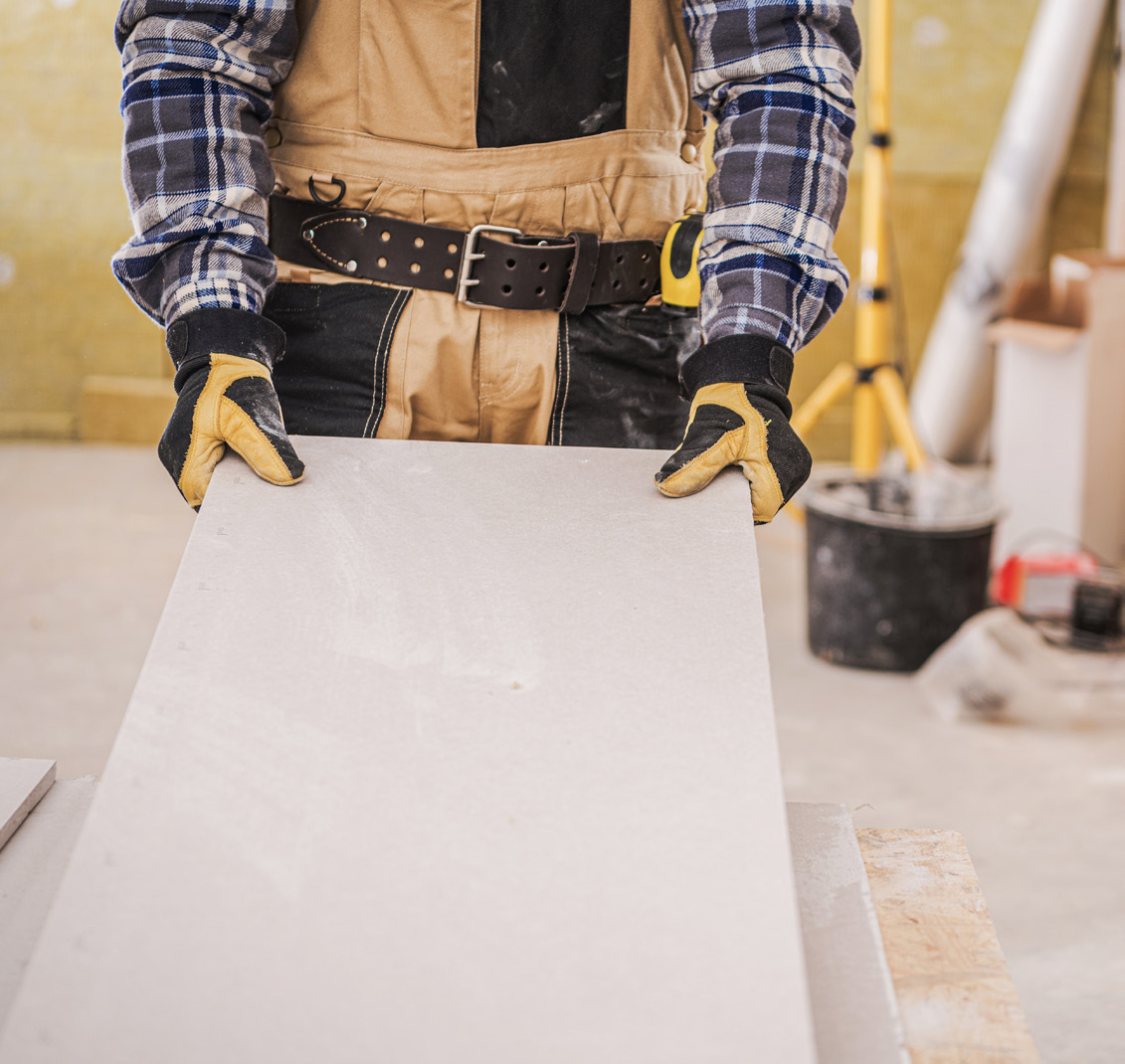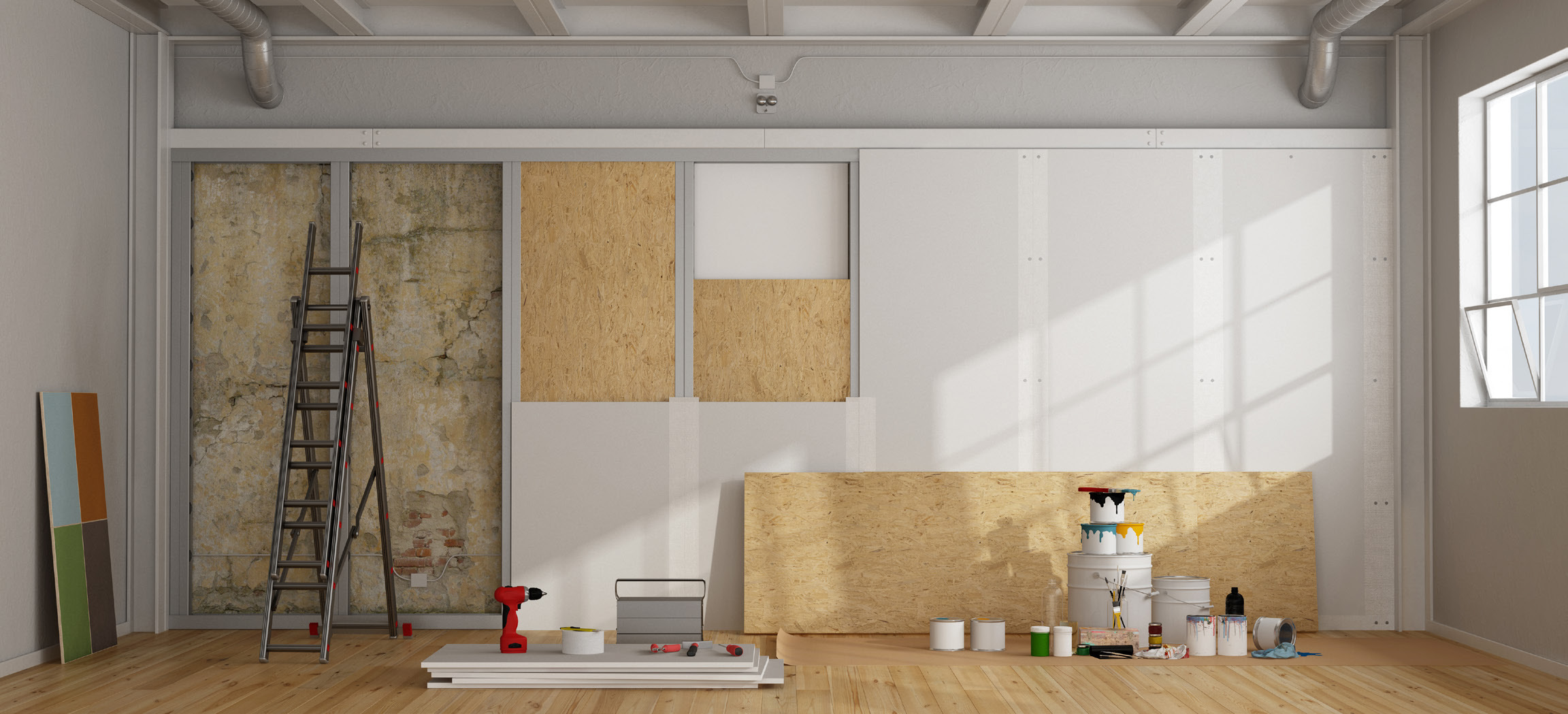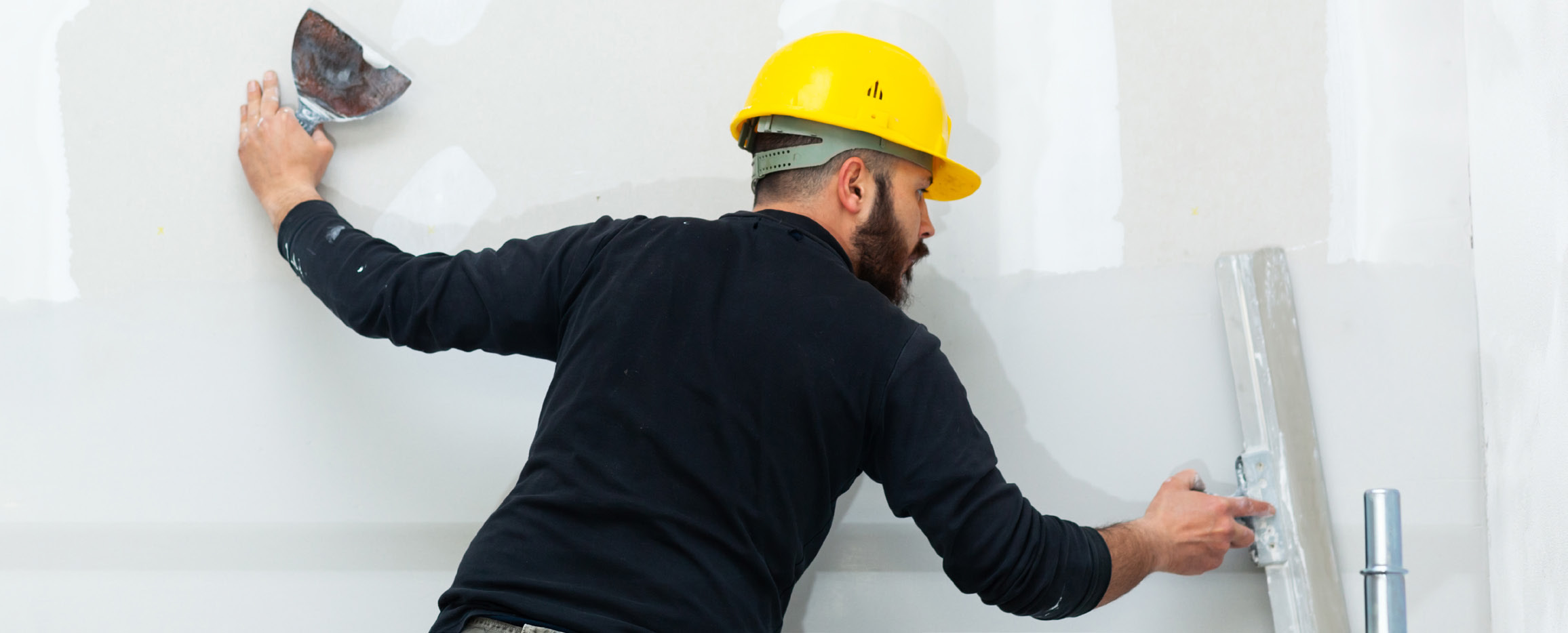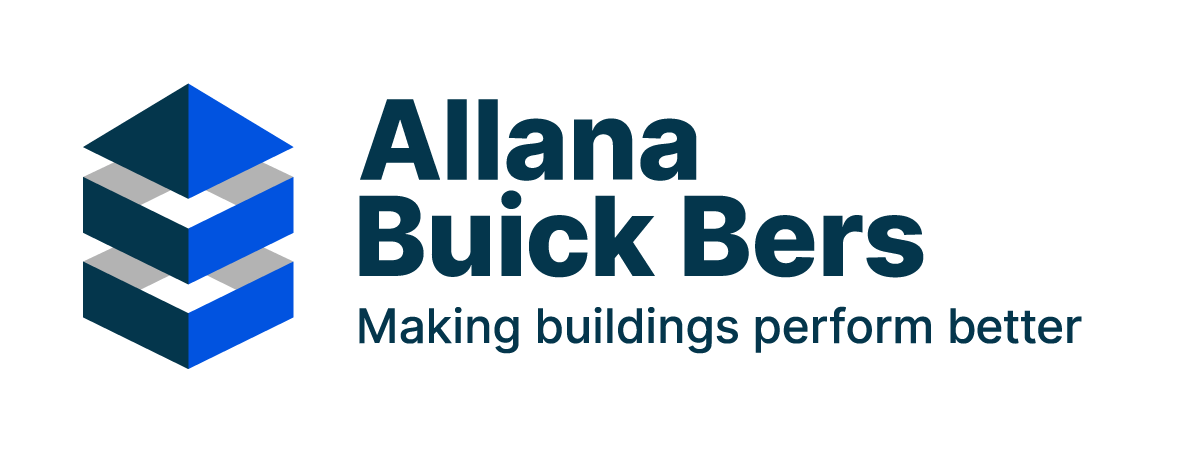
During the construction boom at the beginning of this decade, the construction industry experienced shortages of many construction materials and began to import products from around the globe. In the last year, we have begun to discover the ramifications of importing some of these products. The most talked about is Chinese-manufactured drywall containing high sulfur content and found to cause a threat.
Cement from Brazil was being off loaded in Florida at a rate of 1 million pounds a day. Drywall began streaming into the US from China, further increasing the demand for imported goods was its low cost. Often, imported goods were able to compete with US-produced products, even with the added costs of shipping. This supply and demand issue set the stage for the introduction of Chinese-made Drywall into the US.
The Toxic Ingredient
In an effort to lower costs and increase production, some Chinese manufacturers began adding ‘Fly Ash’ and other ingredients to their products.
Fly Ash has nothing to do with buzzing pests – it is a residue of coal combustion and has been used successfully in the US for decades as an admixture in concrete design as a supplement for cement. The ash is added into concrete as a replacement for some of the cement. This made the concrete more affordable, while still maintaining structural qualities. Once the Fly Ash is integrated with the mix, it hardens with the concrete and solidifies.
Coal contains a small percentage of sulfur and other minerals. When burned and consumed, these minerals remain in the ash. When used in concrete mixes, the minerals do not escape when solidified. However, in the production of drywall, the use of Fly Ash does not result in solid form and can escape in the form of gases. These gases can be toxic.

First Indication
The first indication of potential toxic drywall problems began in Florida, Alabama and Virginia, which all experienced peak construction during the boom years from 2004 to 2007. It was not until August 2008 that the Environmental Protection Agency (EPA) officially acknowledged the problem.
After an extensive investigation, the bulk of the known problems with tainted drywall was traced to a manufacturer called Knauf Plasterboard Tianjin Co. Ltd. Initially, the company refused to take any blame and said the toxic drywall came from another unnamed company. As the problem grew and testing began, the company acknowledged that it had shipped some bad drywall, but identified a single gypsum mine in Tianjin, China, which is no longer being used as a material source. Unfortunately, early indications are that the problem may not be limited to just this mine or manufacturer.
The Toxins
The toxic drywall has been found to contain significant levels of several chemicals believed to be harmful or damaging including:
- Iron disulfide
- Hydrogen sulfide
- Sulfuric acid
- Sulfur dioxide
- Carbon disulfide
Recently completed studies by one environmental testing firm found that hydrogen sulfide gas is the essential component that causes copper and silver corrosion, which is believed to be causing corrosion of other building materials such as electrical and mechanical components, but may also effect interior finishes and furnishings. In November 23, 2009 a report issued by the U.S. Consumer Product Safety Commission (CPSC) concluded that there is a higher rate of corrosion in the complaint buildings where Chinese manufactured drywall products are present.
How To Tell If You Have Toxic Drywall
There are some telltale signs that your building’s walls may be tainted from toxic Chinese drywall.
Health symptoms related to toxic drywall include respiratory problems such as asthma attacks, chronic coughing and difficulty breathing, as well as chronic headaches and sinus issues. Physical signs are not always visible to the naked eye, but visual and olfactory signs include:
- The smell of sulfur, often likened to rotten eggs.
- Corrosion on metal faucets, drains, mirrors, picture frames and even jewelry. Visible signs include pitting or any kind of spot or discoloration.
- Corrosion on copper in your building. Visible signs including the darkening of the copper.
- Failing or poorly working appliances, especially if they are relatively new.

Respiratory Health and Toxic Drywall
With conclusive evidence that Chinese-produced drywall is responsible for structural failure of affected buildings, the next logical question is the health of the inhabitants. There are still several ongoing tests and studies being done to determine the danger due to exposure from tainted drywall. While there is no conclusive evidence of related respiratory illness, it may still be advisable to take certain precautions if you are in a building affected by toxic drywall. These steps include:
- Keep windows open as much as possible, or spend time outdoors in fresh air.
- Keep inside temperatures as low as possible but comfortable for occupants.
- Run the air conditioner or a humidifier.
- Get your drywall tested!
- No smoking, specifically no smoking in the affected building.
ABB Forensic Services
ABB has experience with toxic drywall investigation, litigation support and remedial repair assistance. ABB has specialized equipment that can perform non-destructive testing of your drywall. If your building is exhibiting any symptoms of toxic drywall, please call ABB for a complimentary initial assessment.

CATEGORY: Defects/Forensics/Interior Wall Defects/Drywall
